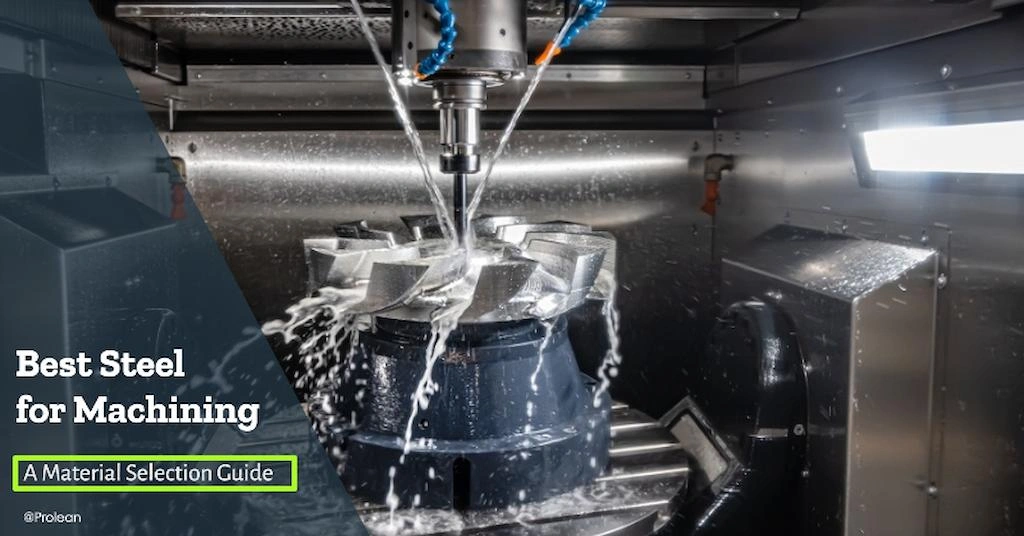
Steel is the alloy of iron mixed with other elements like carbon, nickel, manganese, etc, to adjust the properties based on requirements. Since there are a lot of alloying compositions and variations, often it is difficult to choose the best steel for machining that perfectly fits your application requirements. Understanding different types of steels and their alloy grades helps in deciding this.
This article will discuss carbon steel, mild steel, stainless steel, and other types. We will also cover CNC machining grades and steel’s machinability.
Let’s get started.
Steels as CNC Machining Materials
There are several CNC machining materials, each with different machining characteristics and properties, including steel, aluminum, copper, acrylic, ABS, and carbon fiber. However, steel is a popular CNC machining metal, valued for its strength, durability, and versatility.
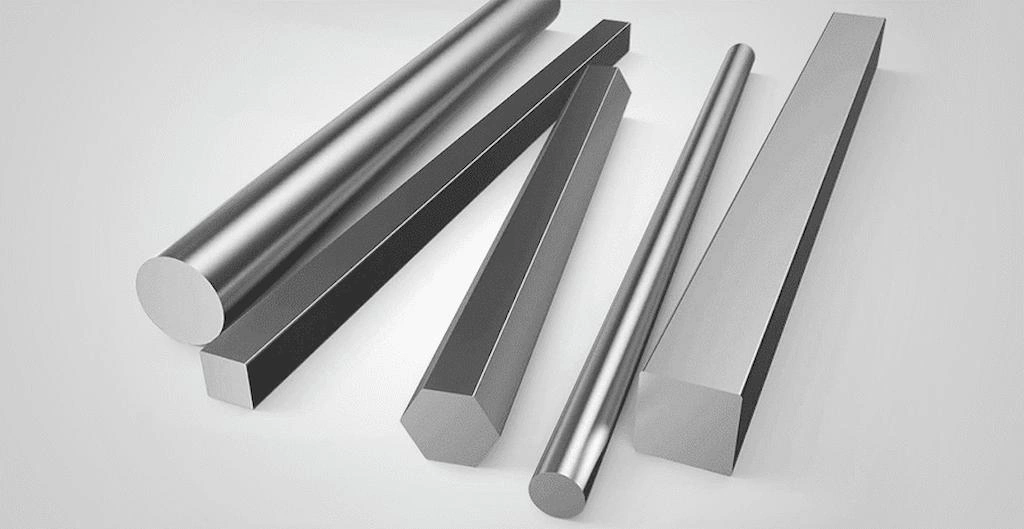
Steel bars
All CNC materials have their own benefits and application preferences, you can check further about material options on ProleanTech’s material page in detail.
The following are the key properties of machining steels;
- High Tensile Strength
- Capability of Performing at Elevated Temperature
- Easy Surace Finishing
- High-stress Handling
- Machinability Varies on Steel Grades
Moreover, selecting the best steel alloy for machining is all about balancing machinability with the desired set of properties for the intended application.
The Fundamentals of Steel Alloy Series
Let’s understand the steel alloy series and grades before discussing the types of steel in detail. The alloy series are international standards defining particular alloying compositions.
AISI standardizes carbon steel, alloy steel, and stainless steel grades. Tool steels follow letter grades like A, D, and S.
- AISI 10XX: Carbon Steels
- AISI 41XX & 43XX: Alloy Steels
- AISI 3XX: Stainless Steels
While engineers choose the best steel for machining, steel types serve as a broad category, while a series further defines the composition and properties of the same type. In upcoming steel types elaborations, we will use different series and grades under them.
Carbon Steels for CNC Machining
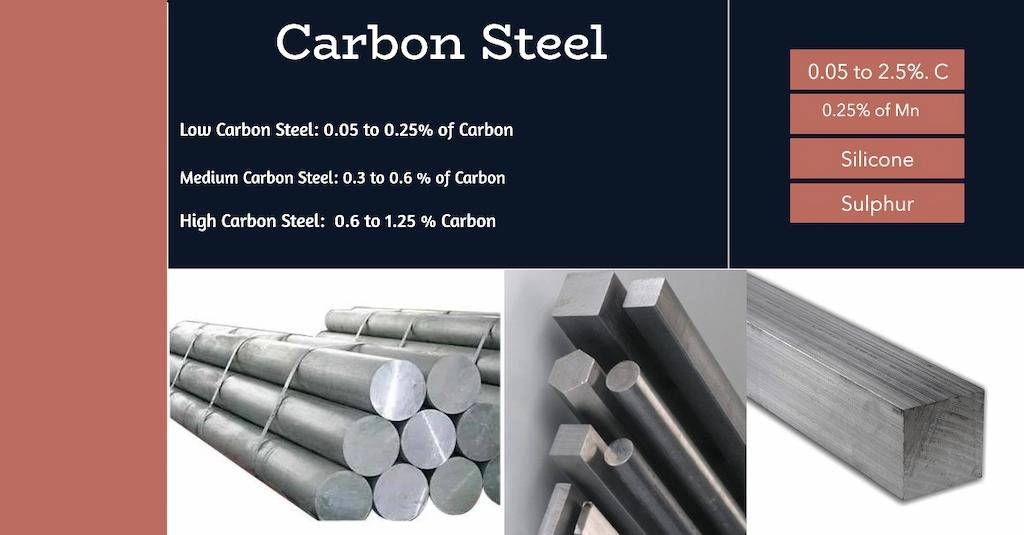
Carbon steel Properties
These steels are characterized by carbon content in the alloy, 0.05 to 2.5%. Carbon steels are used in CNC machining projects due to their properties and affordability. However, the machinability decreases as carbon content increases.
Other elements in carbon steel alloys are along with other constituents like manganese (0.25%), silicone, sulphur, and phosphorus in a minor proportion.
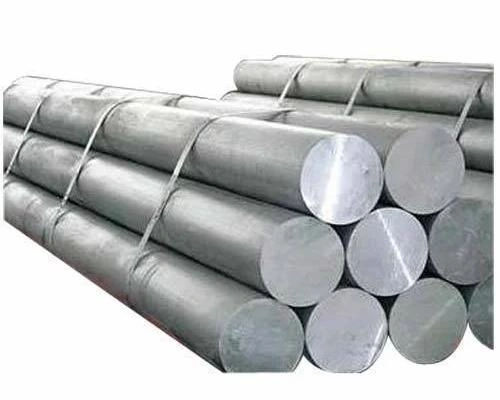
Carbon steel rods
These are further divided into three categories: low-carbon (mild steel), medium-carbon, and high-carbon steels;
Low Carbon/ Mild Steels
Low carbon or mild steel involves 0.05 to 0.25% of carbon, mostly used in structural applications. Although these are more prone to corrosion, heat treatment and surface coating can be applied to prevent this.
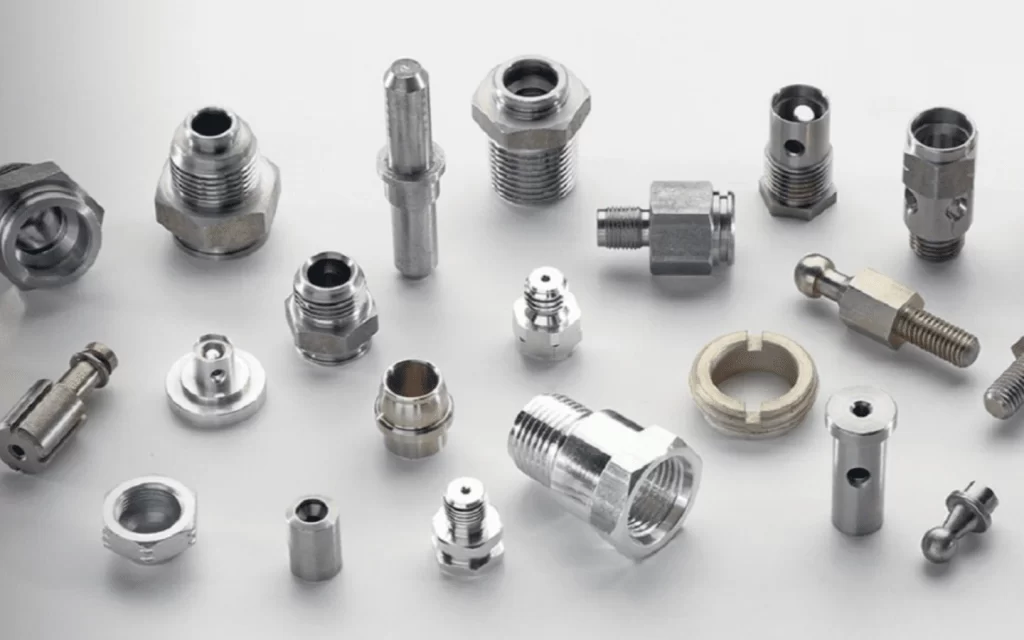
Mild steel fasteners
The mild steels provide good mechanical strength, ductility, and machinability. Consequently, these are more suitable for welding joints compared to other types.
The table below compares the steel machining properties of low-carbon steel grades.
| Steel Grade | Carbon Content (%) | Tensile Strength (MPa) | Yield Strength (MPa) | Elongation (%) | Hardness (HB) |
| AISI 1018 | 0.15–0.20 | 440–470 | 370–400 | 15–25 | 126–137 |
| AISI 1020 | 0.18–0.23 | 410–450 | 245–275 | 25–30 | 119–130 |
| AISI 1215 | 0.09–0.15 | 390–440 | 230–270 | 10–15 | 121–135 |
| AISI 12L14 | 0.15 | 390–490 | 270–310 | 10–15 | 149 |
Often, AISI 1018 is considered the best mild steel for machining due to its excellent machinability and versatility. However, the choice between 1018, A36, and 1045 should be based on specific requirements for end use.
Medium-Carbon Steels
Carbon content is slightly higher in medium carbon steels, 0.3 to 0.6 % of C. Other elements like manganese (up to 1.6 %), chromium, and molybdenum are also involved in these steels. The higher percentage of carbon enhances the surface hardness and wear resistance. For rust protection, they can be coated with protective material or treated with heat.
AISI 1045
This medium-carbon alloy grade contains approximately 0.45 % carbon, has good strength, and is easily weldable. It is also tough and fits many high-performance applications, axles, shafts, etc. However, less suitable for heat treatment and applications requiring high tensile strength.
AISI 1060
The higher carbon % increases the wear resistance but also makes the alloy more brittle. The machinability is slightly lower than 1045 or low-carbon alloys, whereas annealing before machining can help to tackle this issue.
AISI 1144
Steel 1144 is also known as stress-free machining steel, the relatively higher sulfur than other medium-carbon alloys makes it easily machinable.
| Property | Tensile Strength (MPa) | Yield Strength (MPa) | Elongation (%) | Hardness (HB) |
| AISI 1045 | 570–700 | 310–450 | 16–22 | 170–210 |
| AISI 1060 | 620–850 | 350–650 | 10–20 | 179–229 |
| AISI 1144 | 760–1,030 | 415–585 | 10–16 | 200–270 |
High Carbon Steels
The carbon content increases up to 2% in high carbon alloys, typically 0.6 to 1.25 % carbon in machining grades. However, the manganese content is reduced in the range of 0.3 to 0.9%. The higher carbon % increases the hardness and toughness, increasing wear and abrasion resistance. The higher carbon amount also increases brittleness, making them hard to form into shape and risk of fracture under stress.
AISI 1075
This high carbon grade includes 0.7 to 0.8% of C, 0.5 to 0.7 % of manganese, and other alloying elements, offering both hardness and toughness. Consequently, you can also heat treat them with quenching or annealing to adjust the properties.
AISI 1080
Approximately 0.80% carbon content in AISI 1080 provides even better mechanical strength and abrasion resistance. This grade is typically used in automotive springs, wires, and cutting tools manufacturing.
Compared to steel machining properties of other carbon alloys, it is more challenging to machine. However, heat treatment can counter the brittleness.
| Property | Tensile Strength (MPa) | Yield Strength (MPa) | Elongation (%) | Hardness (HB) |
| AISI 1075 | 570-700 | 420–520 | 12–18 | 160–210 |
| AISI 1080 | 965 | 585 | 12 | 293 |
Try Prolean Now!
Alloy Steels for CNC Machining
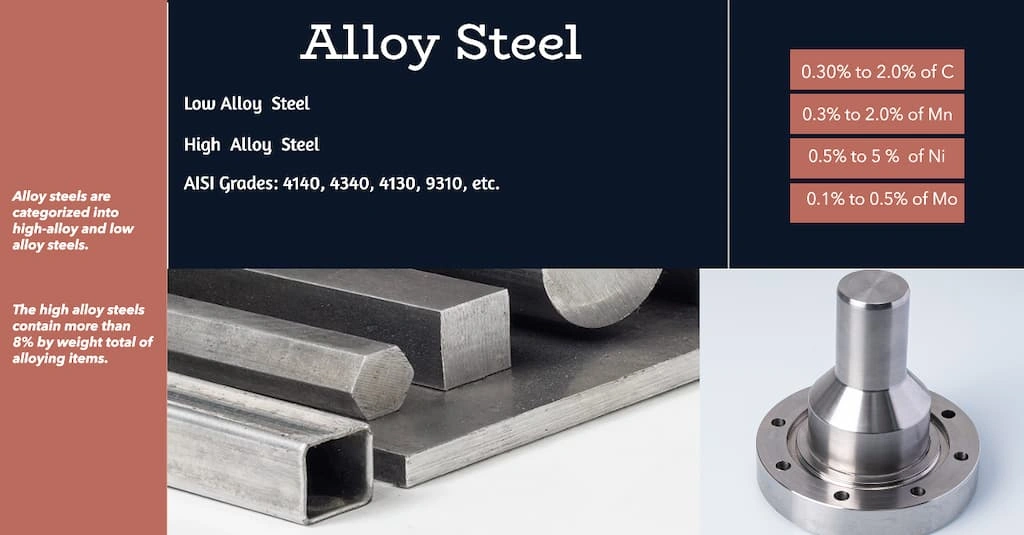
Alloy steel properties
The main difference between alloy steel vs carbon steel is the amount of additional elements other than carbon. Carbon steels are primarily defined by carbon %, whereas alloy steel involves other elements like chromium, nickel, or molybdenum in higher proportions. This metal improves the strength, toughness, and corrosion resistance.
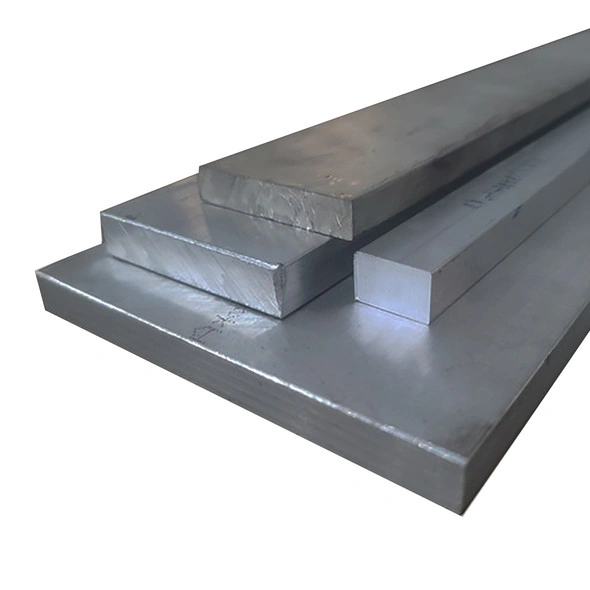
Alloy steel
Based on the percentage of alloying elements (except iron and carbon), alloy steels are categorized into high-alloy and low alloy steels. The high alloy steels contain more than 8% by weight total of alloying items.
In machining, the following alloy steel grades are the most common ones;
AISI 4140
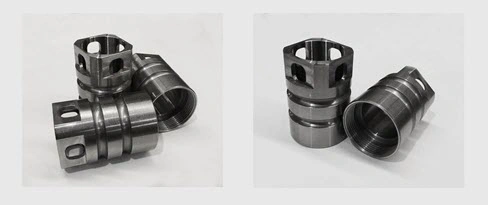
4140 alloy steel parts
Along with 0.40% of carbon, it includes chromium in approximately 1% and molybdenum in 0.15 to 0.25%. This grade provides good strength and fatigue resistance. Meanwhile, common machining applications of 410 alloy steel are machinery hardware, tooling, automotive gears, shafts, etc.
AISI 4340
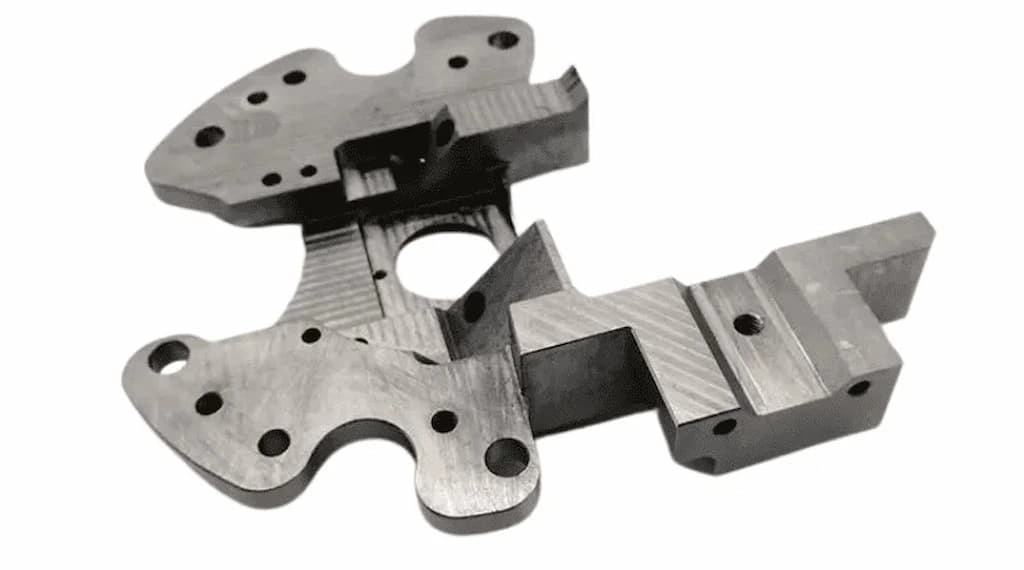
Custom 4340 alloy steel part
4340 is a low alloy steel containing additional nickel composition compared with 4140. The nickel provides toughness and impact resistance. Moreover, it has a relatively high strength-to-weight ratio and is suitable for high-performance parts.
|
Grade |
Tensile Strength (MPa) |
Yield Strength (MPa) |
Elongation (%) |
Hardness (HB) |
|
AISI 4140 |
690–1,080 |
470–990 |
11–26 |
200–310 |
|
AISI 4340 |
690–1,280 |
470–1,150 |
12–22 |
210–360 |
Stainless Steels for CNC Machining
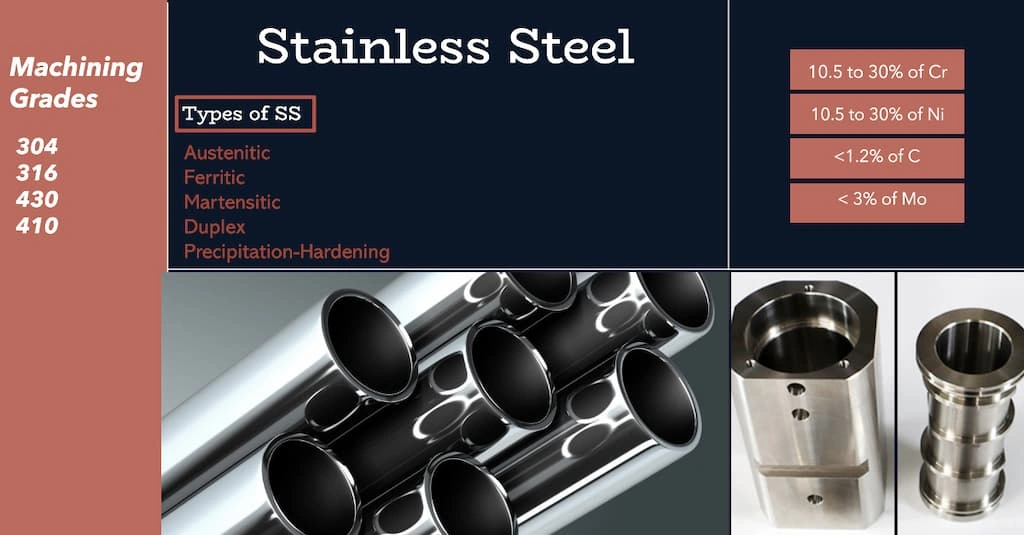
Stainless steel properties
The main drawbacks of carbon steels are the risk of rust formation and higher weight. Stainless steels address these aspects by including a higher amount of chromium and other elements in small amounts. Consequently, it also offers higher thermal stability.
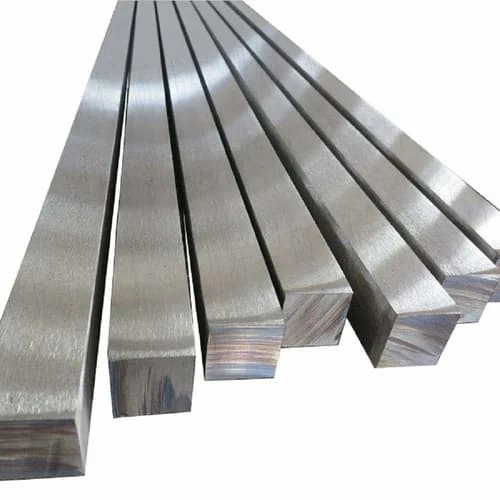
Stainless steel bars
The standard composition of stainless steel is Chromium 10.5 to 30%, Nickel 0.10 to 0.35%, molybdenum, silicon, and phosphorus. A higher chromium percentage in stainless causes to formation of a corrosion-protective oxide layer when it comes to contact with oxygen.
The following are the common stainless steel machining grades;
AISI 304
Stainless steel 303 is one of the commonly available and cost-effective grades. It is non-magnetic and has a high machinability. The chromium content is 17 %, nickel is 8%, and carbon maximum of 0.08%, whereas sulfur and phosphorous inclusion make material removal easy during the machining. This austenitic stainless steel is suitable for a wide range of machined items, from food processing to medical device components.
AISI 302
The main difference between stainless 302 and 304 is the carbon content. Alloy 302 includes a higher carbon amount, 0.15 %. Meanwhile, chromium and nickel are 17% and 8% respectively. It also provides higher mechanical strength than 303 and 304. Although the strength has increased, 302 is relatively slower and less machinable if we compare 302 vs 304 stainless steel machinability.
AISI 430
It is a ferritic steel that provides better formability and heat conductivity than austenitic grades. The carbon is up to 0.12 %, and chromium is about 17%. Subsequently, this grade is less corrosion-resistive than others but still prevents rust in nitric acid, dairy processing, highly humid, and harsh conditions. Moreover, the increased suphur amount in 430F stainless steel can be best for CNC machining operations.
AISI 316
It resists corrosion better than other alloys (302 and 304), including in chloride conditions. Consequently, stainless 316 does not lose its physical and mechanical properties at the elevated temperature. The common uses of its machining are water treatment systems, marine, oil & gas equipment, and chemical processing components.
|
Grade |
Tensile Strength (MPa) |
Yield Strength (MPa) |
Elongation (%) |
Hardness (HB) |
|
AISI 302 |
585–1,000 |
240–520 |
40–50 |
200–250 |
|
AISI 304 |
515–1,000 |
205–520 |
40–50 |
170–220 |
|
AISI 316 |
515–1,000 |
205–520 |
40–50 |
170–220 |
|
AISI 430 |
450–600 |
205–240 |
18–25 |
160–200 |
Tool Steels for CNC Machining
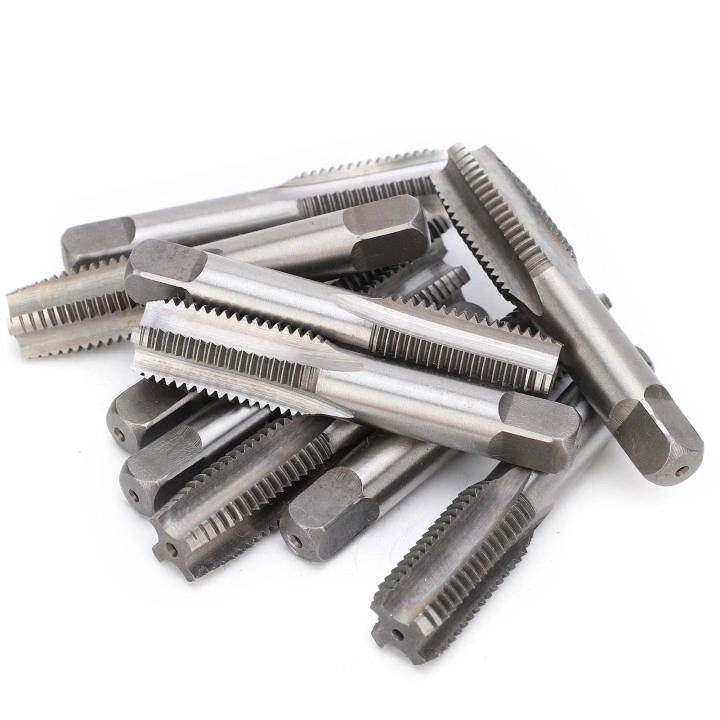
Tool steel applications
As the name suggests, tool steels are hardened (heat-treated) steels mainly used for die, mold, and tooling applications. Despite being tough and hard, they have a considerable level of machinabulity. You can also follow an annealing treatment to make it more ductile and machinable.
The machining tool steel grades are;
- AISI O1: An oil-hardened tool steel grade, which is easily machinable relative to other hardened grades.
- AISI D2: A high-carbon tool steel used for hard tooling like permanent casting dies and cutters.
- AISI A2: It is an air-hardened, cold-work tool steel that offers a combination of wear resistance and toughness.
- AISI M2: This high-speed steel maintains hardness at elevated temperatures. It is best for cutting tools that operate at high speeds, like CNC drill bits.
Furthermore, careful considerations on the selection of the right CNC tools and coating are essential in the machining of these types. E.g., HSS and carbide end mill cutters.
Try Prolean Now!
CNC Machining Steels: Where They Are Used?
The difference in physical, mechanical, and chemical properties makes each type of steel suitable for some specific applications. Let’s see where CMC machining of carbon, alloy, stainless, and tool steels is used.
|
Steel Type |
Applications |
|
Carbon Steel |
Construction items, automotive parts, machinery shafts & gears, die tooling, etc. |
|
Alloy Steel |
Aircraft parts, crankshafts and rods for vehicles, and high-stress industrial machinery. |
|
Stainless Steel |
Medical devices, surgical items, food & chemical processing systems, auto & aerospace parts, etc. |
|
Tool Steel |
CNC drills, thread taps, sand casting & extrusion dies, injection molds, etc. |
“You can also read about the comparison of steel machining with titanium alloys here in this article “ machining titanium vs steel; a detailed comparison of machining properties and uses.”
Considerations for Choosing the Best Steel for Machining
One of the decisive factors in steel machining is the precision while choosing steel to achieve maximum performance, low cost, and enhanced efficiency. Here are some of the factors that need to be considered while making this choice:
Machinability and other Steel Machining Properties
The machinability of steel is a very important aspect considering the production of steel and the effectiveness of tools. In other words, steels that are separable possess high machinability, thereby requiring a lesser force of cutting, experiencing less heat, and yielding smoother surfaces. For example, steel containing sulfur and lead is more favorable. They increase the machinability by reducing the required cutting forces and easing the chip formation.
Physical & Mechanical Properties
When a particular application is concerned, it is necessary to take note that some mechanical properties like tensile strength, ductility, and hardness are required for applications. Other such considerations include, what is the expected load on parts, the thermal & chemical environment, and the desired lifespan.
Surface Finish Requirements
To achieve a good choice, desired finishing must be considered. Choose an acceptable standard for both within the category of functionality and within the aesthetic category. Generally, materials with high machinability properties allow for better surfaces which helps reduce additional finishing processes.
Material Cost
Next, the material costs can fluctuate significantly. For instance, high-performance steel can be expensive while offering desirable qualities. Deciding the cost-effectiveness of a particular steel alloy requires an assessment of the obtaining cost and the cost savings from the reduced machine downtime time and tool wear.
Reliability of the Supply Chain
The reliability of a supply chain refers to how fast and trustful material delivery of material is; can your supplier meet the expected quantity and time? Reliable systems tend to have the least delays, stockouts, and quality challenges. Subsequently, they are also quicker in response to unexpected incidents.
Material Consistency
The quality of raw materials used in the manufacturing processes needs to be consistent. Consistency improves the quality of the final machining product and reduces defects. So, before making the choice, you also need to check which steel provides consistency in quality.
Conclusion: Making the Right Choice
If we just look at the ease of machining, mild steel 1020 is the best steel for machining. However, the choice is highly dependable on the requirement of the application. Steel 1020 can be easy to machine, but it might lack strength, hardness, durability, and other required properties.
At ProleanTech, we can help you find the best steel grade for your project and convert it into the desired form. Our CNC machining services include milling, turning, drilling, tapping, and many more.
Whether you need steel machining parts for prototyping or full-scale production, our material specialists and industry engineers can meet your quality and precision expectations. So, send us your drawing for custom machining steel parts today!
FAQs
What are the most common machining steels?
Steels like 1018,1020, 1035, and 12L14 are some common steel alloy grades in machining projects.
What is the easiest stainless steel to machine?
Stainless steel 302 and 304 are easily machinable compared to stainless grades. The relatively higher sulfur content improves chip-breaking and reduces friction.
Is steel harder to machine than aluminum?
Yes, steel is typically harder to machine than aluminum due to its higher strength, density, and toughness. On the other hand, aluminum is softer, lighter, and more thermally conductive, which allows faster machining with minimal tool wear.

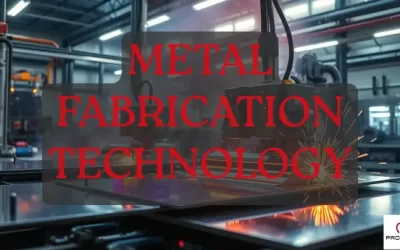
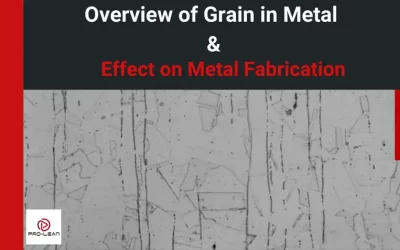
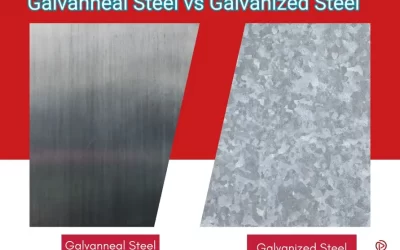
0 Comments